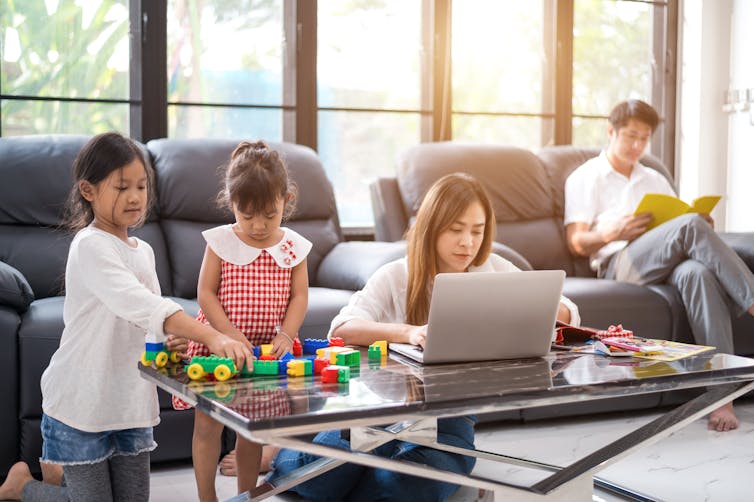COVID-19 has been extraordinarily challenging for universities and students, and the disruption will likely persist beyond the rollout of a vaccine. The demands on academic staff and students have been – and continue to be – unparalleled. Both must manage work-life balance while teaching and learning in a largely unfamiliar way, in the midst of persistent uncertainty.
However, in the space of 12 months, students and teachers have radically redefined their roles in higher education. Significant difficulties have largely been met with determination and invention.
Here are five changes made to higher education that it would be valuable to continue with after COVID-19.
Technology for learning
As a researcher whose work focuses on the economic investment and behaviour of students in higher education, I have noted the enormous potential for using technology to deepen and support learning outside the classroom. With lecture halls standing empty, this potential has been put sharply into focus.
Before the pandemic, the online learning environment existed predominantly as a virtual filing cabinet. It was a store of course materials, and not where any of the learning took place. The pandemic has illuminated what can be done with this online space: it can be engaging, enriching, and accessible.
Videos and interactive media are now part of how students learn, and discussion boards allow for conversations to continue and ideas to be recorded outside classes.
Redefining engagement
The very definition of student engagement is contentious, and varies by context. Largely, though, it refers to a student’s participation in their learning journey.
Before the pandemic, engagement and attendance were often synonymous: a student’s participation in a course was measured by whether or not they turned up in person to lectures or classes. When no one can be physically present, we are forced to redefine what engagement truly means, and how we can be sure it is happening.

PK Studio/Shutterstock
The interactions and discussions that students take part in online can say much more about engagement than simply showing up at a lecture. This is particularly true for those with caring or childcare commitments, who might have found regularly attending a class on campus challenging but are able to demonstrate their enthusiasm and insight more clearly online.
Creative assessment
High-stakes final assessments – such as written examinations, undertaken en masse in timed, silent conditions – are impossible during a pandemic. What’s more, they are bad for student wellbeing, do not accurately represent skills such as creativity and often bear little resemblance to the real-world settings students will be entering after university. Traditional examinations have a focus on recalling information rather than exploring a topic.
Assessments that are open-book – such as producing case studies, putting together policy briefing papers, and recording podcasts – reward curiosity and academic inquiry. Here, assessment is part of the learning journey. I have used this in my teaching, asking students to present videos, podcasts or blogs instead of traditional essays.
Students as partners
Online learning requires significant commitment from students, and students and lecturers have had to work together to achieve success. In many cases, this has led universities to increasingly regard students as partners in their education.

fizkes/Shutterstock
Students can co-design activities and assessments, making them active participants in their learning. Students can help shape the format of live activities, for instance, by giving regular feedback – something that is easier to carry out online.
Changing the formula
The combination of lectures and tutorials that, for many subjects, makes up a university education has been recognised as not always fit for purpose.
The sudden switch to online learning, with little warning or experience, has been difficult for many teachers and students. But, with time to plan, incorporating online teaching will allow lecturers to focus on what activities best suit the subject they are covering and design them to fit.
Lectures can be replaced with peer instruction – where students assume the role of instructor and teach their peers – or virtual field trips, where a class is able to take a virtual tour of a physical space.
COVID-19 has been a huge challenge for higher education – but universities can learn from this challenge to improve learning and teaching for the future.
![]()
Paul Cowell does not work for, consult, own shares in or receive funding from any company or organisation that would benefit from this article, and has disclosed no relevant affiliations beyond their academic appointment.











